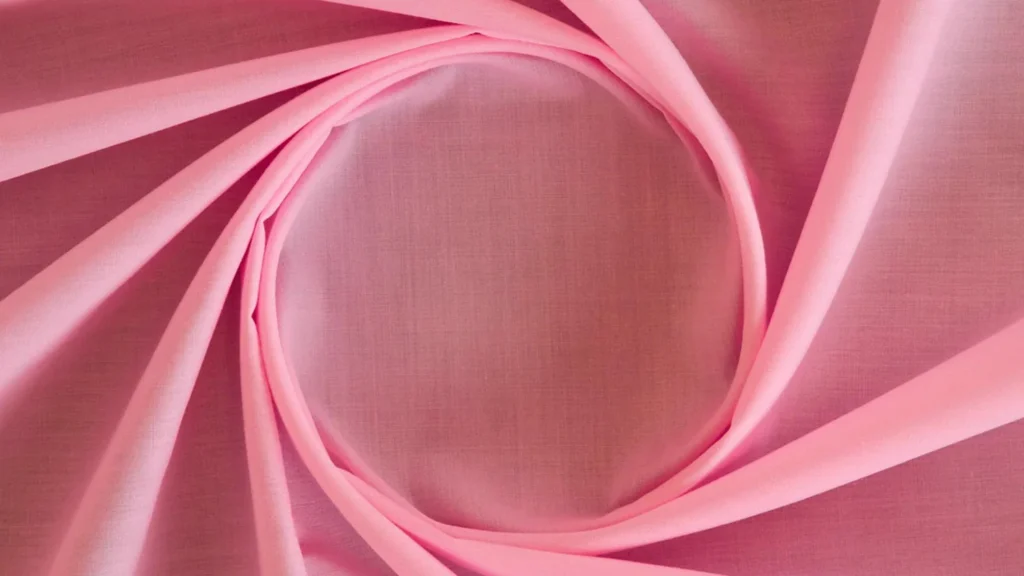The Adaptable World of Broadcloth Fabric
The distinctive qualities and adaptability of broadcloth fabric have long been valued, making it a mainstay in the textile industry. Broadcloth has a long history of use in both fashion and home décor, stemming from its rich weaving and fabric production heritage. This article explains the history, properties, applications, and maintenance of the broadcloth, demonstrating why it’s still a popular choice for both consumers and designers.
History and Origins
The history of broadcloth fabric dates back to the Middle Ages. Originally, the term “broadcloth” was used to describe a kind of woolen fabric made in the Low Countries and England. The word “broad” referred to the fabric’s wide width, which was customarily woven to be wider than the era’s typical textiles. Originally fashioned of wool, the broadcloth fabric changed as manufacturing methods advanced and trade channels grew, adding cotton and synthetic fibers to its repertoire.
The most popular material for broadcloth fabric nowadays is cotton; however, blends with polyester or other fibers are also often used. The fabric’s widespread use in a variety of industries was made possible by this alteration, which also made broadcloth fabric more widely available and adaptable.
Features of Broadcloth
The tight weave and smooth texture of broadcloth add to its resilience against wrinkling and overall durability. The following are some essential characteristics of broadcloth:
Weight: Since a broadcloth is usually lightweight, it is perfect for clothing that needs to be breathable and comfortable.
Finish: Both formal and informal applications can benefit from the fabric’s shiny finish, which gives it a polished appearance.
Weave: A dense, taut cloth with good form retention and a smooth texture is produced by the plain weave structure.
Color and Pattern: Broadcloth is a favorite among designers who want versatility in their works because it comes in a wide range of colors and patterns, such as plaids, stripes, and solids.
Versatility: Because of its versatility, broadcloth can be used for a wide range of projects, including curtains, table linens, and shirts and blouses.
Applications for Broadcloth
Because of its special qualities, broadcloth can be used for a variety of purposes. Here are a few typical applications:
Clothes: Shirts are one of the most common applications for broadcloth fabric. People choose broadcloth shirts because they look good and are comfy to wear. They are adaptable pieces that go well with any outfit because they can be dressed up or down.
Home Textiles: Broadcloth is also utilized for window curtains, tablecloths, and bed linens in home décor. Its range of colors and silky texture improve any space’s visual appeal.
Crafts and Quilting: Due to its stability and ease of handling, broadcloth is preferred by many crafts and quilters. The fabric is perfect for intricate crafts because of its tight weave, which enables precise patterns and clean seams.
Uniforms and Workwear: Broadcloth is frequently used for uniforms and workwear because of its toughness and ease of maintenance, particularly in situations where a professional appearance is required.
Upkeep and Scenario
Broadcloth fabric is more appealing because it is reasonably easy to maintain. The following general maintenance advice:
Cleaning: Usually, cold water can be used to machine wash broadcloth. To maintain its texture and color, it is advised to wash it on a soft cycle for optimal results.
Drying: To prevent shrinking and preserve the integrity of the fabric, air drying is preferred over tumble drying on a low heat setting.
Ironing: A medium heat setting can be used to iron the broadcloth. Steam is a good way to get rid of creases without tearing the fabric.
Storage: Broadcloth should be stored for an extended period of time in a cool, dry location to avoid mildew or damage. It keeps its shape better if it is folded correctly.
In summary
Because of its unique qualities, many applications, and lengthy history, broadcloth fabric has become a popular option in many industries. Broadcloth provides an unmatched combination of durability and visual appeal, whether it is used for crafts, clothing, or home décor. Broadcloth remains a fabric that honors its traditional heritage while satisfying the needs of contemporary consumers due to its ease of care and versatility. Broadcloth is still a classic choice in the ever-evolving textile business, so it will be treasured for many years to come.


